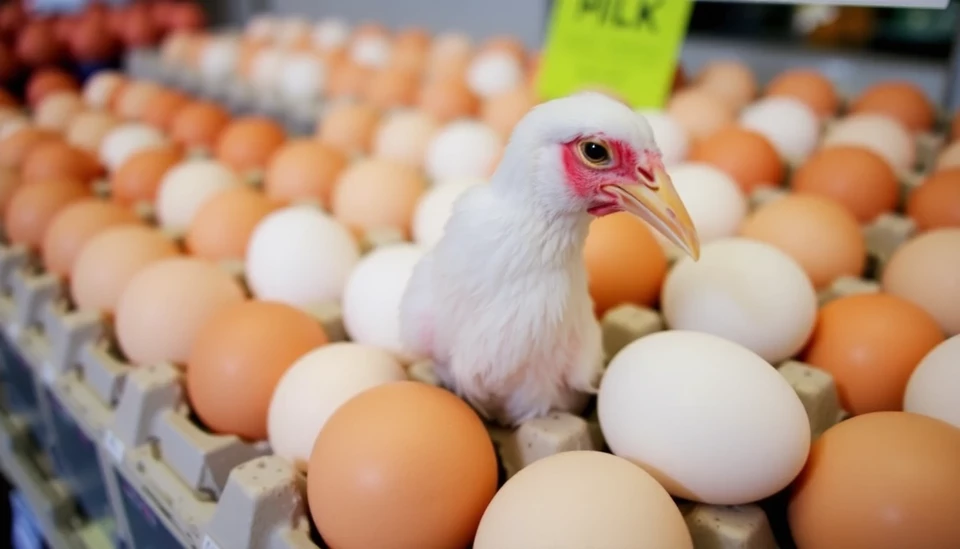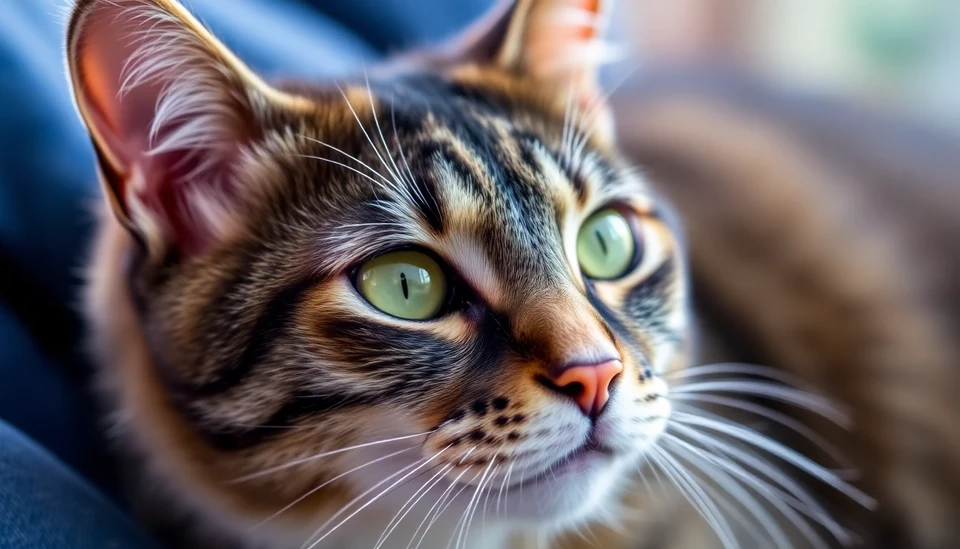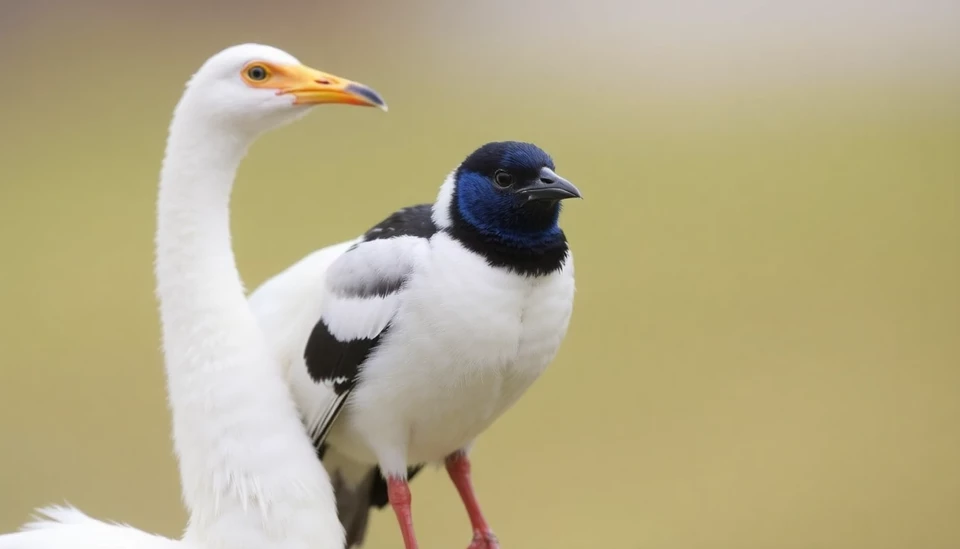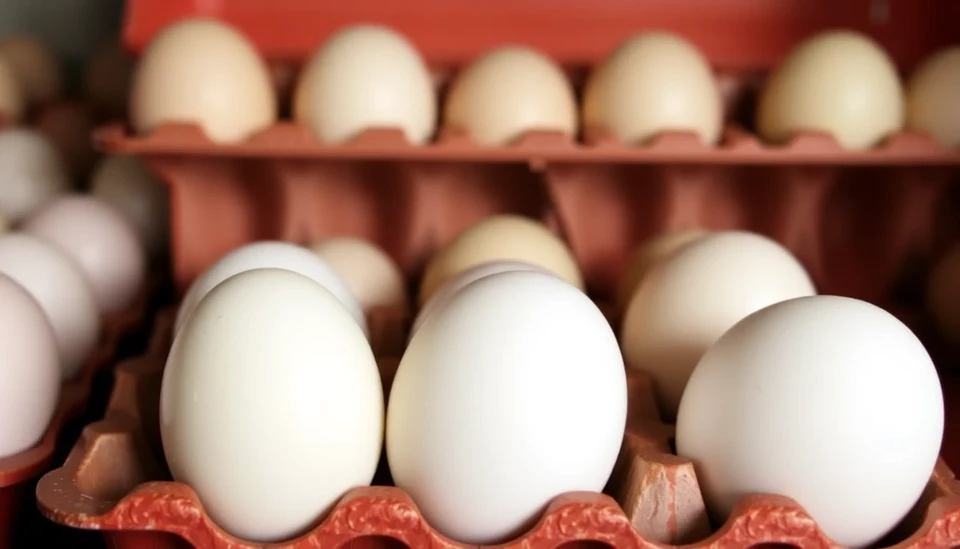
In a startling development regarding avian influenza, recent reports indicate a worrying trend: the virus not only poses a significant threat to poultry but has also been implicated in the deaths of dairy farm workers and cats. This alarming situation suggests a potential adaptation of the virus, raising urgent questions about its evolving capabilities and the corresponding risks to public health.
The latest findings come from investigations within several dairy farms where workers have reportedly contracted a strain of the bird flu virus. This rare occurrence highlights the possibility that the virus, typically known for its impact on birds, may be acquiring mutations that enable it to infect mammals more efficiently. Medical professionals and scientists are now on high alert, monitoring the situation as it unfolds.
In addition to the human fatalities, veterinarians have observed an increase in infections among domestic cats in the vicinity. Cases have been documented where cats exhibit symptoms consistent with bird flu, further emphasizing the adaptability of this virus. Experts have noted that while most strains of avian influenza primarily affect birds, the recent cases among mammals could signal a significant shift. The interconnectedness of ecosystems means that pathogens can evolve and jump species, resulting in new health challenges.
The Centers for Disease Control and Prevention (CDC) has recommended heightened surveillance for acute infections similar to those reported. Health officials are urging dairy farms to enhance biosecurity measures to prevent the spread of this strain. Additionally, public awareness campaigns about the signs and symptoms of the virus are being launched to educate both farmers and pet owners on the potential dangers.
This development raises critical questions about food safety, animal health, and the broader implications of zoonotic diseases — those that can be transmitted from animals to humans. With global food systems already under pressure, the expansion of bird flu into new vectors such as dairy workers and household pets signals a need for coordinated response efforts and research into mitigating its impact.
As investigations continue, scientists will focus on understanding the genetic makeup of the virus to ascertain its capabilities and devise appropriate responses. This includes studying its transmission routes, monitoring animal populations, and possibly adjusting vaccination strategies for both poultry and at-risk mammals, including pets.
As we navigate this unsettling development, the importance of preparedness and vigilance in public health cannot be overstated. Authorities are calling on the public to remain calm but informed, emphasizing the value of prompt reporting of suspicious symptoms in animals and humans alike.
#BirdFlu #PublicHealth #AvianInfluenza #ZoonoticDiseases #DairyFarming #AnimalHealth #VirusMutation
Author: John Harris




